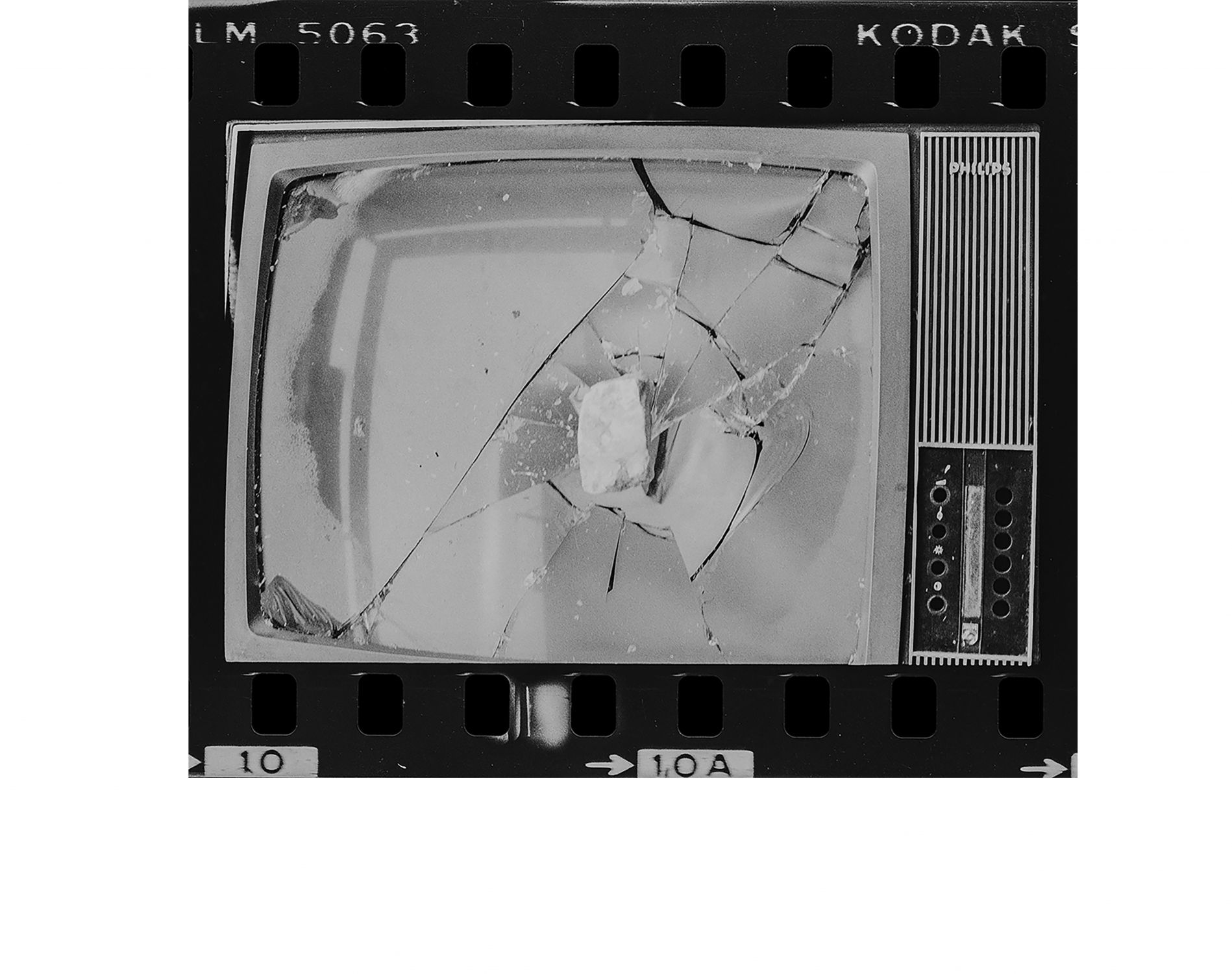Consequence
Pedro Pires + Lourenço Egreja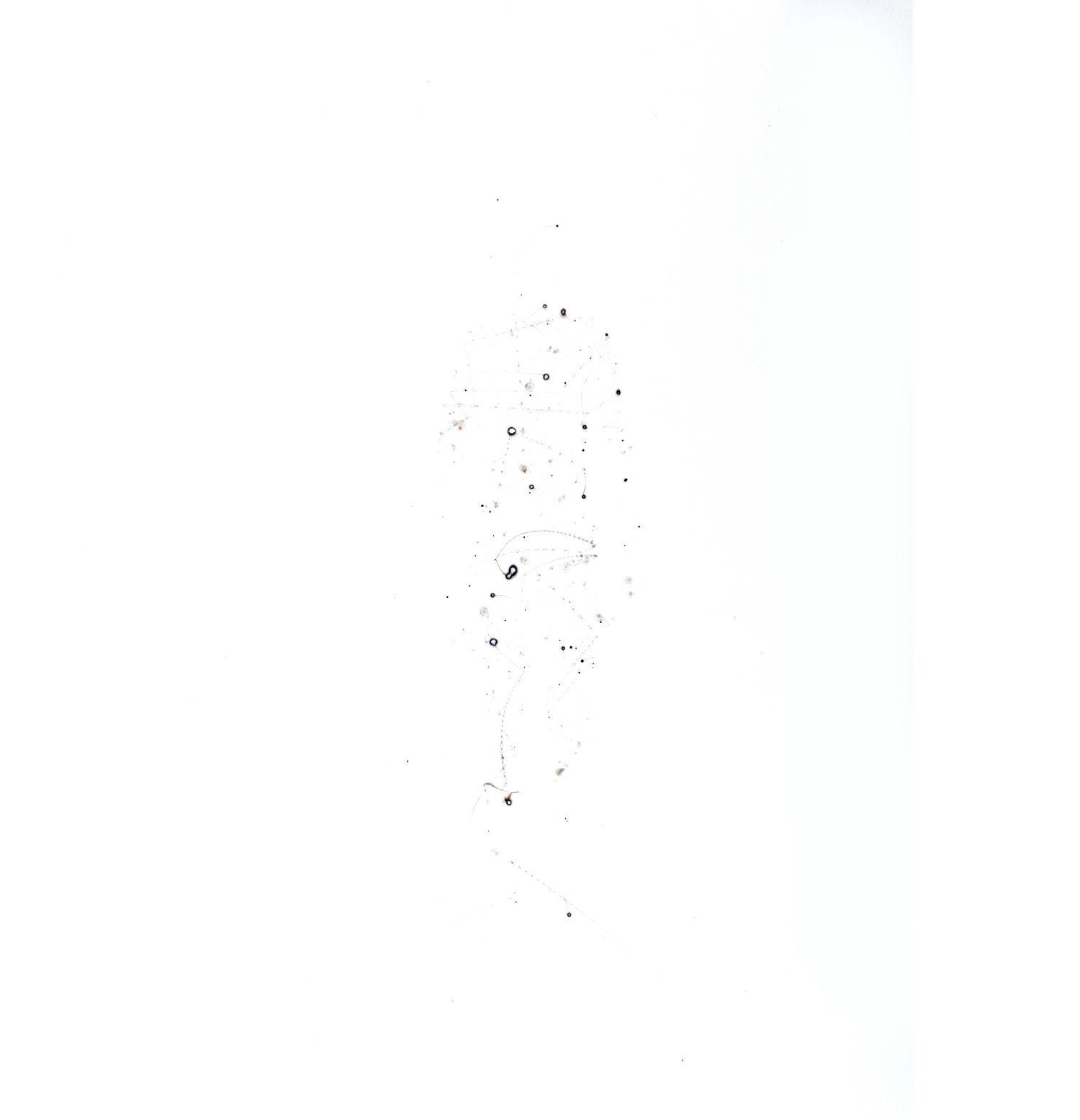
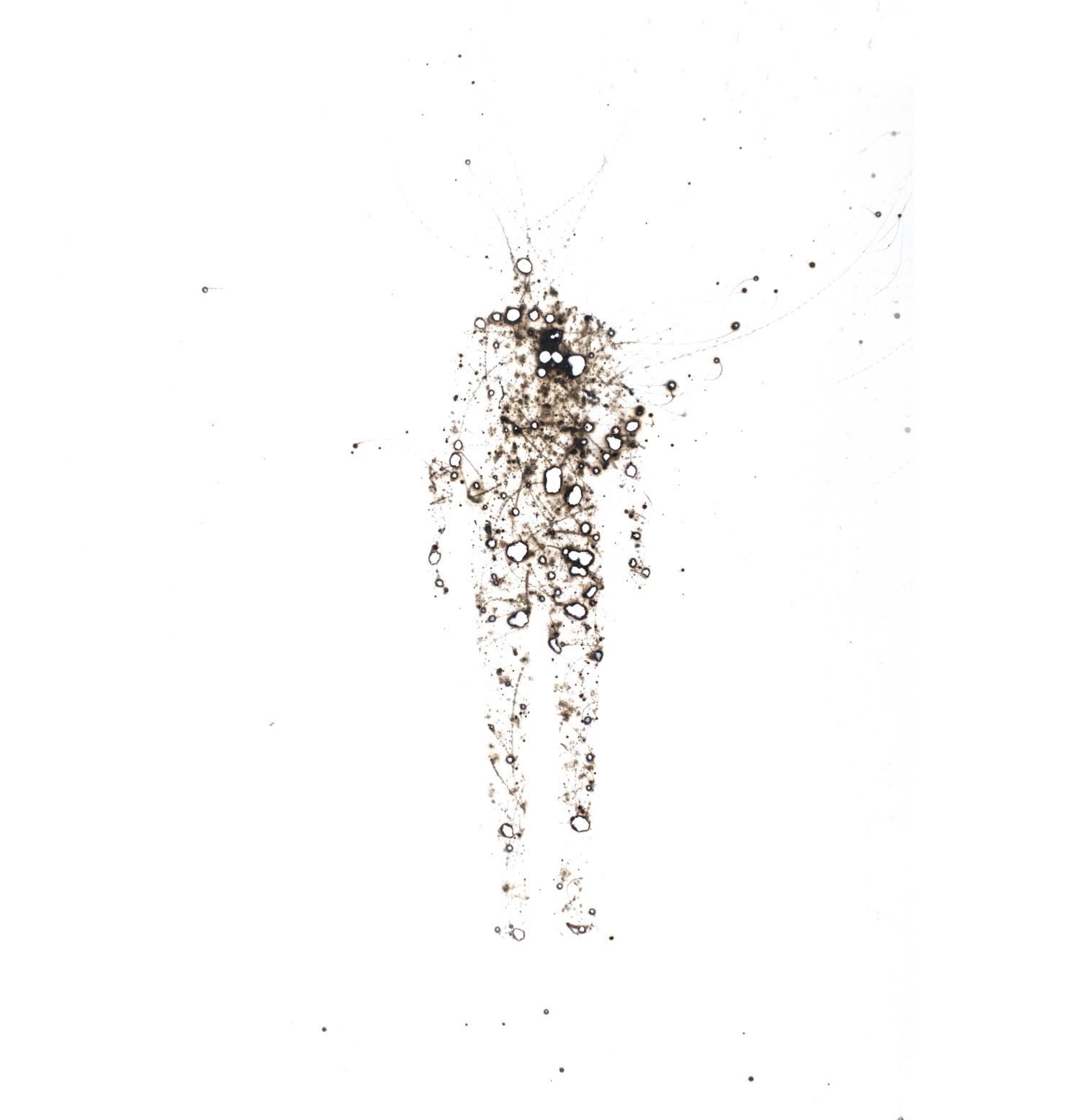
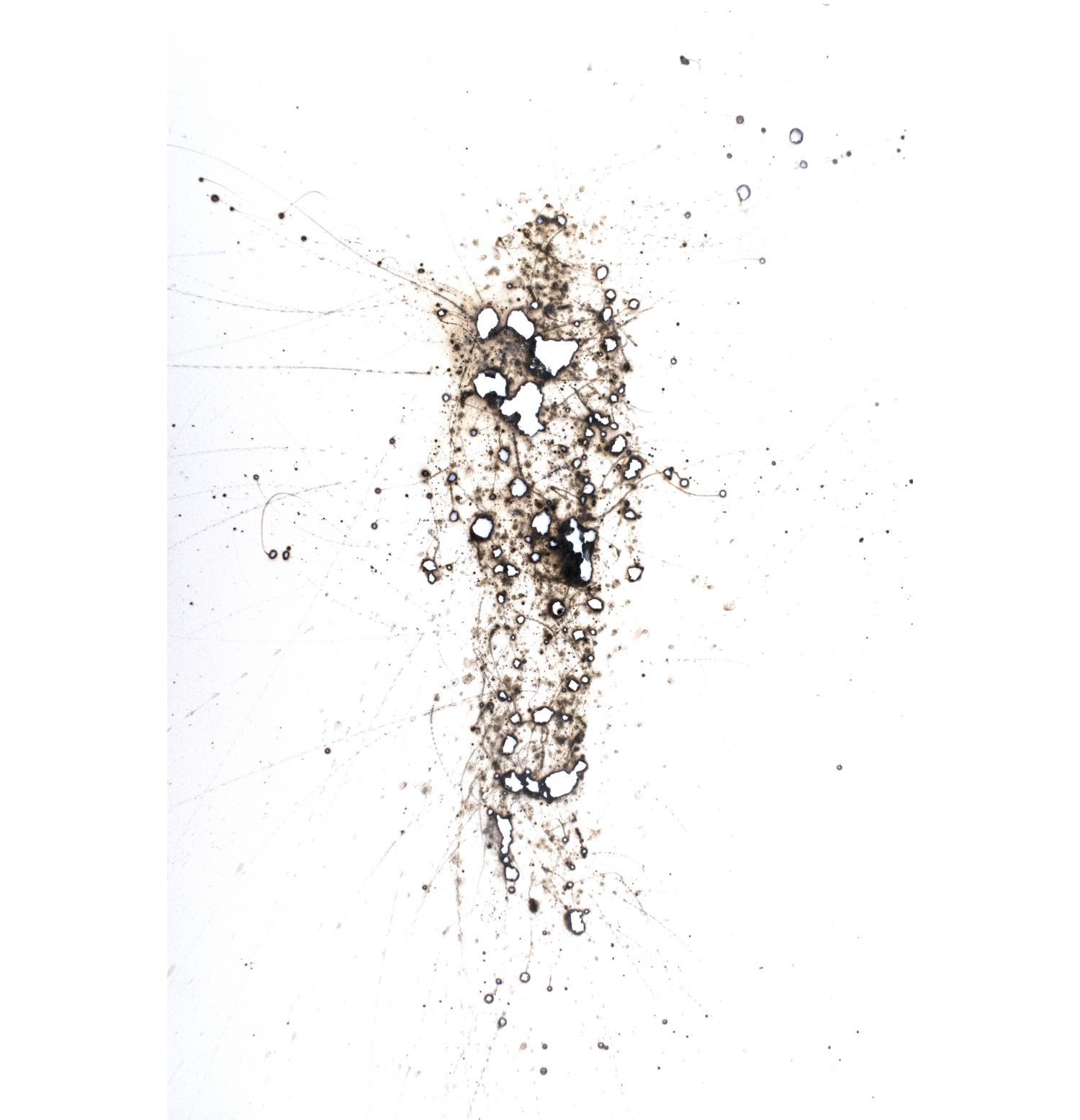
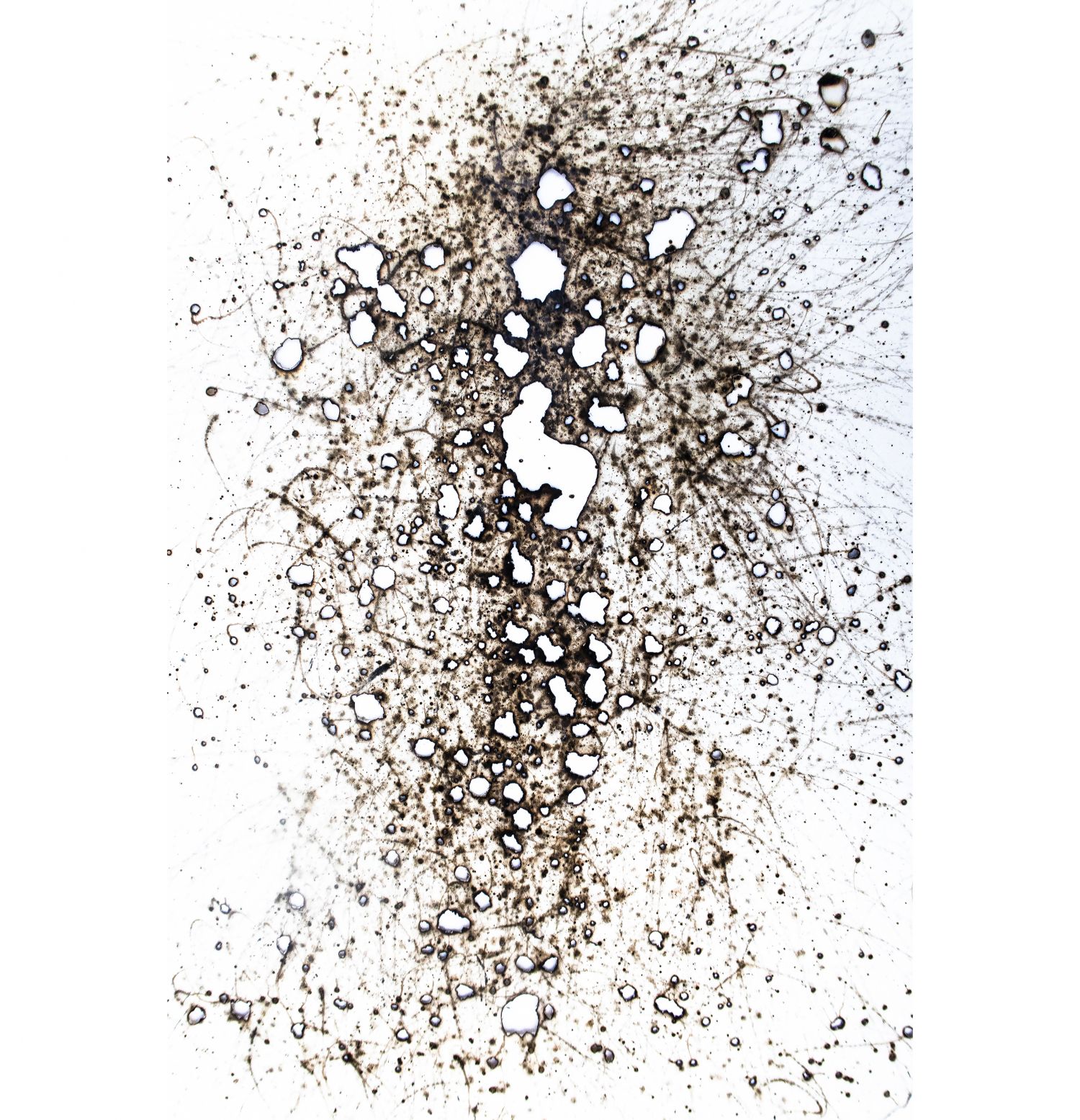
I have known Pedro Pires’ work since 2006 and for some time something has interested me: the artist's ability to create a simulacrum that points towards an archaeological reality or to an imagery of distant times.
Archaeology, the study of ancient civilizations through material means, has its origins in the human curiosity, sometimes obsessive, of some individuals for the research of lost cultures. For example Giovanni Battista Belzoni (1778-1823) was an explorer who worked in circuses in the United Kingdom, in the entertainment industry and who, given his engineering background, was eventually hired to transport the famous bust of Ramses II weighing more than two tons in a couple of days. This work is still in the British Museum today, and Belzoni became famous for this achievement and for having his name engraved behind one of the ears of the bust. He was also known for not using explosives when opening graves and for having discovered the entrance to the pyramid of Quefren, in 1818, in which he also left his name engraved so that he would not be deprived of the credit for such an incredible discovery. He also moved thousands of objects from Egypt to the United Kingdom. Although many consider Belzoni a tomb thief, some believe that it was with him and others like Flinders Petrie (1853-1942) and his famous studies on Egyptian daily life or even with Lord Elgin (1766-1841) best known for having removed a considerable portion of the sculptures from the Parthenon of Athens, which today can be found in the British Museum under the name of Parthenon Sculptures, that the systematic interest in the discovery and inventory of objects from lost civilizations began. Such interest, anthropological, scientific or even commercial, was the core of the fascination for ancient objects. The passage of time or the patina effect played an important role in the revelation of these objects to the western world with Museums and collectors becoming the taste makers of the time.
The artist's drawings with fire, through their form and also by the technique, offer images of upright human bodies, in groups or individually, that have the potential to take the viewers to distant times, perhaps to the period of the archaeological discoveries made by the adventurers referred above. The chromatic interventions performed by the artist evoke the passage of time and the patine effect, unveiling distant and mysterious pasts. One can ask «who are these anonymous figures that the artist presents us with»? Are they figures of today's times? Are they representations of other times? Such ambiguity is one of the keys to understanding our fascination and interest in the artifacts made by our ancestors, thus helping decode some of the great mysteries of humanity. This is the simulacrum that the bidimensional works of Pedro Pires display.
Pedro Pires’ works highlight pictorial and plastic elements that point to the effect of time and space on perception. His oeuvre clearly addresses the effects that shake our historical consciousness. As Didi-Huberman mentions, «In front of the Image, we are always in front of time.»1
Lourenço Egreja
Lisbon, 2022
1Georges Didi-Huberman, Diante do Tempo, Orfeu Negro, 2017.
